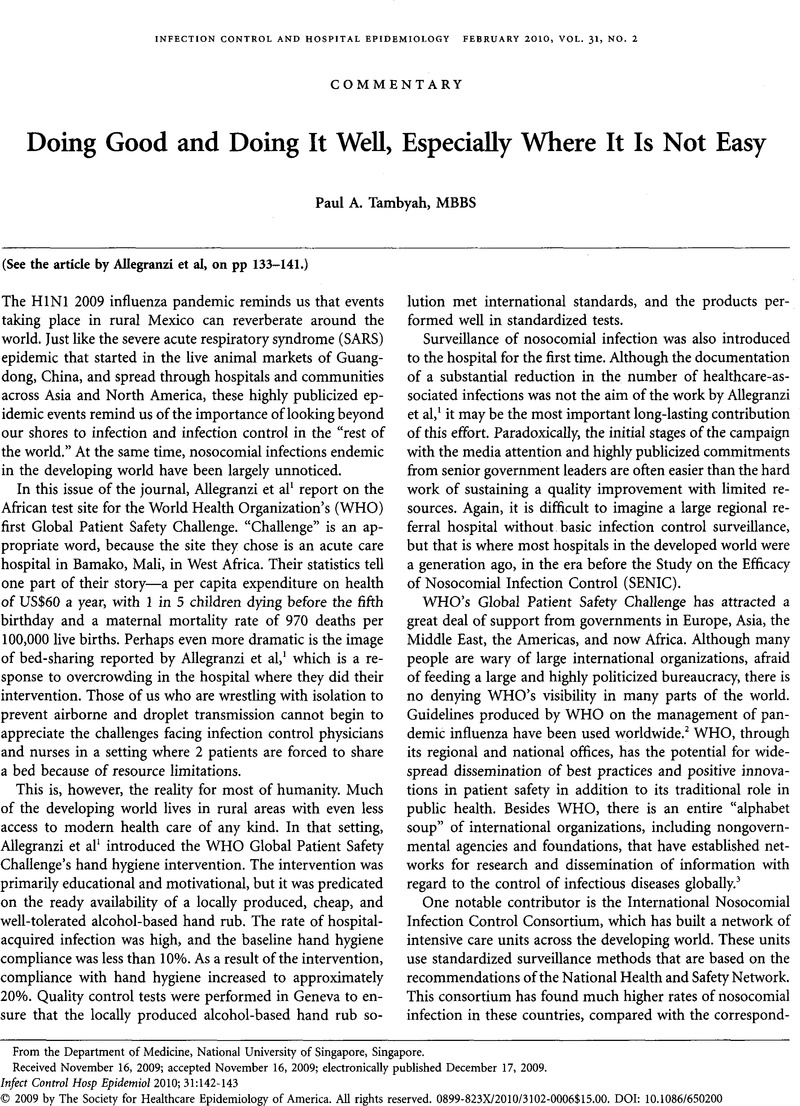Crossref Citations
This article has been cited by the following publications. This list is generated based on data provided by Crossref.
See, Isaac
Lessa, Fernanda C.
ElAta, Omar Abo
Hafez, Soad
Samy, Karim
El-Kholy, Amani
Anani, Mervat Gaber El
Ismail, Ghada
Kandeel, Amr
Galal, Ramy
Ellingson, Katherine
and
Talaat, Maha
2013.
Incidence and Pathogen Distribution of Healthcare-Associated Infections in Pilot Hospitals in Egypt.
Infection Control & Hospital Epidemiology,
Vol. 34,
Issue. 12,
p.
1281.
Masroor, Nadia
Doll, Michelle
Stevens, Michael
and
Bearman, Gonzalo
2017.
Approaches to hand hygiene monitoring: From low to high technology approaches.
International Journal of Infectious Diseases,
Vol. 65,
Issue. ,
p.
101.



